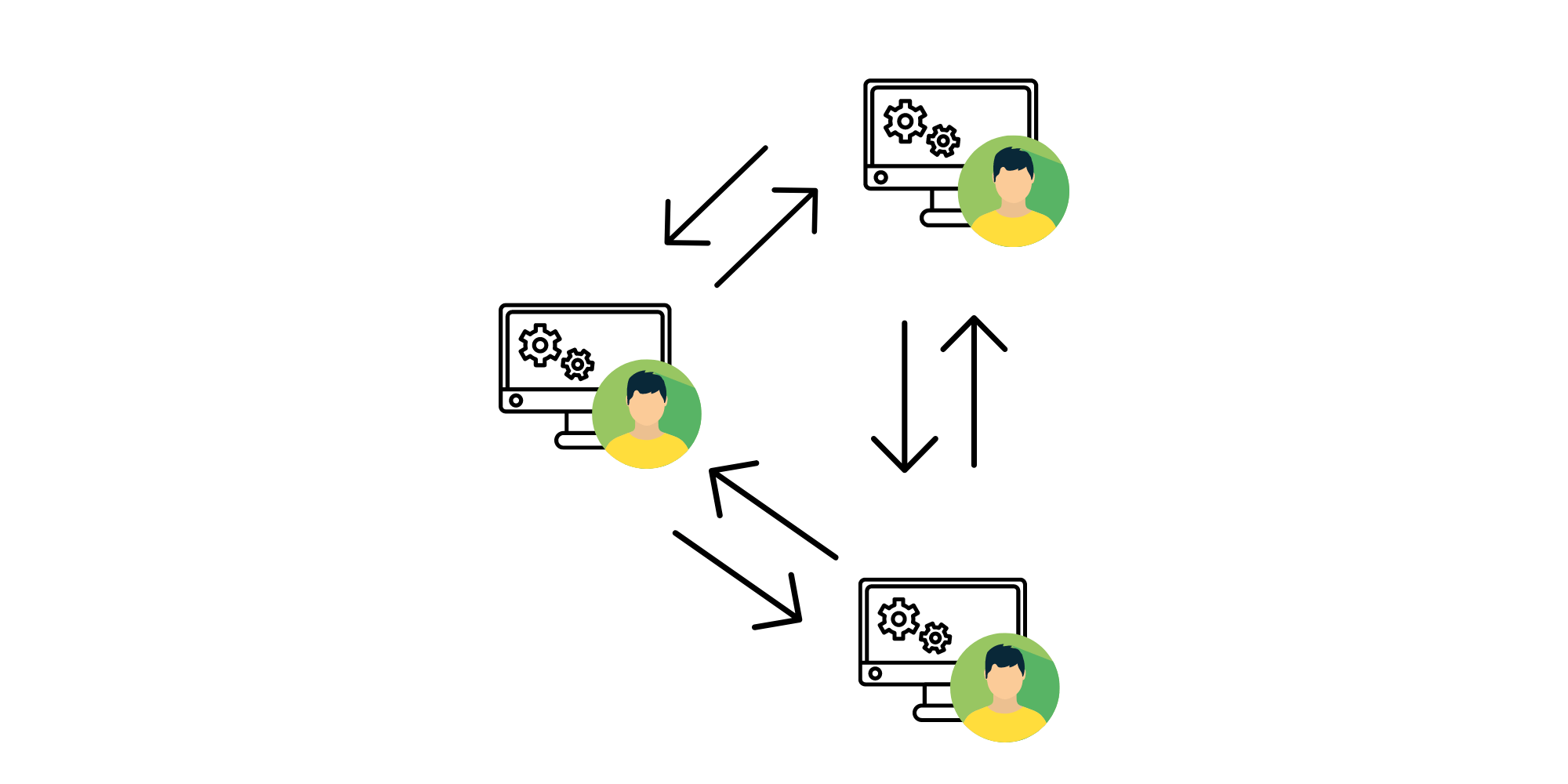How Different Servers Can Help Ensure Software Development Stability
July 24, 2023 • 4 minutes • 792 words
Software development is a captivating process that brings the digital world to life, creating immersive experiences for users worldwide. However, behind the scenes, this intricate process involves meticulous planning, testing, and execution. Among the critical stages of software development, testing holds paramount importance, ensuring that applications are stable and free of bugs before they reach the eager hands of the public.
At the heart of effective testing lies the use of different types of servers, each serving a distinct purpose in the development and deployment journey. In this blog post, we explore the five most common types of servers used in software development, discussing how their strategic implementation contributes to the success of a game or any software application per se.

1. Dev Server: Experimenting with New Code

The Dev Server is a playground for developers to experiment with new code and features. This low-powered server provides an environment isolated from the public, allowing developers to push boundaries and explore innovative ideas without the fear of disrupting the game’s integrity.
2. SIT Server: Ensuring Smooth Integration

The SIT Server ensures that all components of the game work harmoniously together. Integration testing, facilitated by this server, scrutinizes the interactions between various game elements, ensuring smooth functioning and detecting any potential conflicts. A combination of unit testing, functional testing, and performance testing tools fortify this testing phase, leaving no stone unturned in the quest for perfection.
3. UAT Server: Getting Player Feedback

The UAT Server brings players into the equation, allowing them to contribute their valuable feedback through user acceptance testing. As representatives of the game’s target audience, these users provide insight into the user interface, gameplay, and overall experience. This collaborative effort ensures that the game aligns with player expectations and remains user-friendly.
4. Staging Server: Simulating the Live Environment

The Staging Server sets the stage for the game’s imminent release. A faithful replica of the production server, it simulates the environment in which the game will be launched. Performance, scalability, and security tests are conducted to gauge how the game fares under real-world conditions, leaving no room for unexpected surprises upon release.
5. Prod Server: Delivering the Game to Players

Finally, the Prod Server takes center stage as the live server that delivers the game to the eagerly awaited public. Once the game is in motion, this server remains vigilant, continuously monitoring its performance and addressing any issues that may arise.
Case Study: A Success Story
Let’s explore a hypothetical but illustrative example of a game development company that harnesses the potential of different servers to ensure a game’s success.
Imagine a prominent game development company working on a new multiplayer game, fully aware of its complexity and the potential challenges it presents. To mitigate risks and deliver a polished product, they carefully employ the following servers in their development process:
- Dev Server: The development team leverages the Dev Server to experiment with cutting-edge code and features without compromising the game’s stability.
- SIT Server: The game undergoes rigorous integration testing on the SIT Server, ensuring seamless interactions between all components and solidifying the foundation of their creation.
- UAT Server: A diverse group of users, representing the game’s target audience, participates in user acceptance testing on the UAT Server, ensuring a game that resonates with its players.
- Staging Server: The Staging Server serves as a dress rehearsal, meticulously evaluating the game’s performance, scalability, and security in a production-like environment before its grand debut.
- Prod Server: With utmost vigilance, the game is launched on the Prod Server, garnering acclaim for its bug-free experience and captivating the gaming community.
While this example is fictional, it illustrates the significance of utilizing different servers strategically in game development or any software application per se, contributing to the overall success and quality of the final product.

Conclusion: A Recipe for Success
In conclusion, the strategic use of different servers plays a pivotal role in ensuring stability and excellence in software development across various applications. By subjecting their software to comprehensive testing at each stage of the development process, developers can proactively identify and address potential issues. The result is a seamless user experience that leaves a lasting impression on users and garners recognition from stakeholders.
So, the next time you engage with a cutting-edge software application, be it a productivity tool, a communication platform, or an entertainment service, appreciate the meticulous orchestration behind the scenes. The strategic use of diverse servers empowers developers to deliver a smooth, reliable, and user-friendly software application, catering to the diverse needs of its users.
